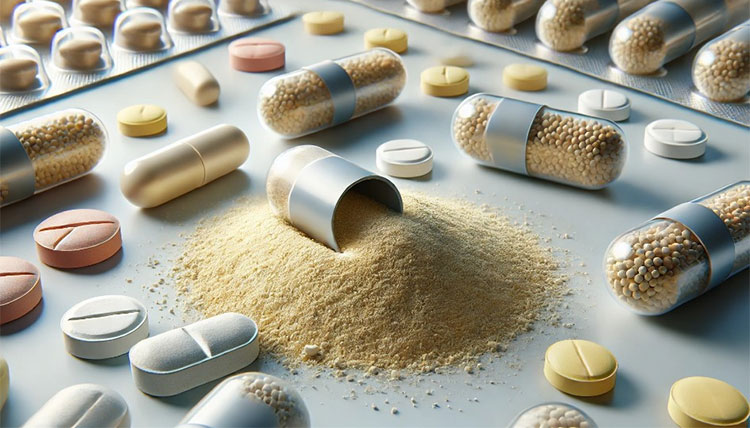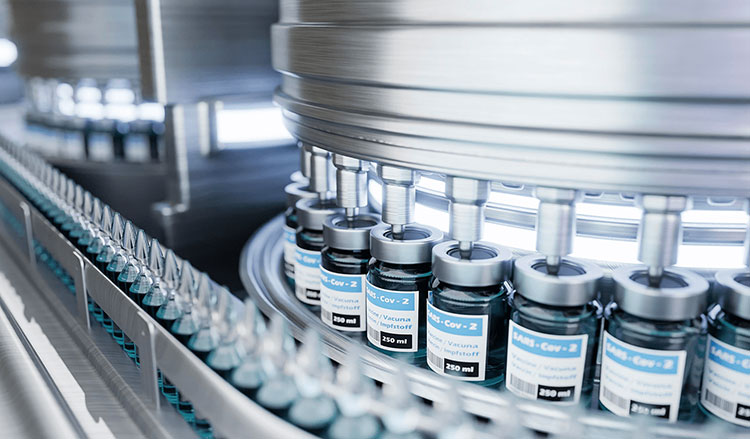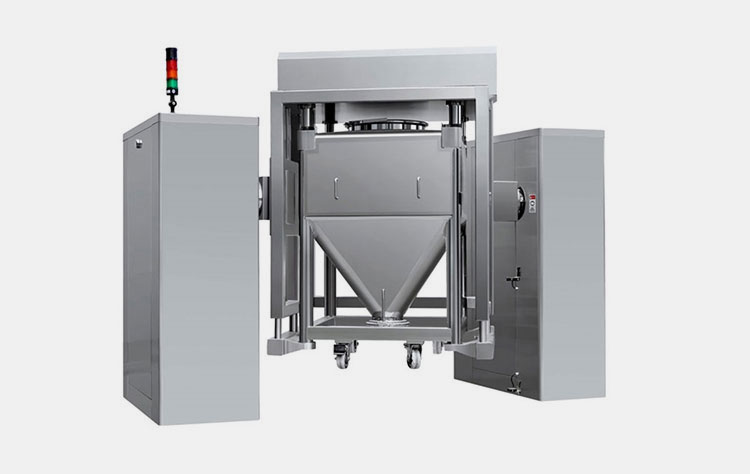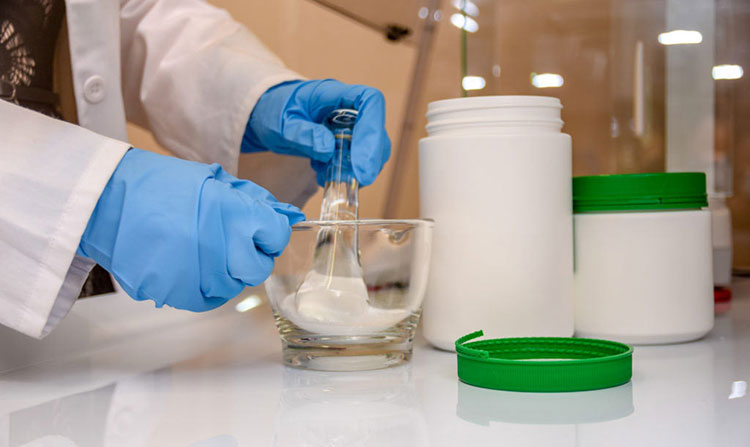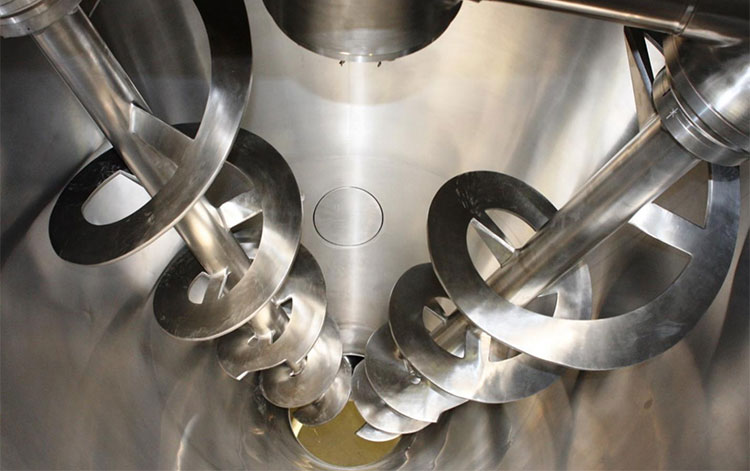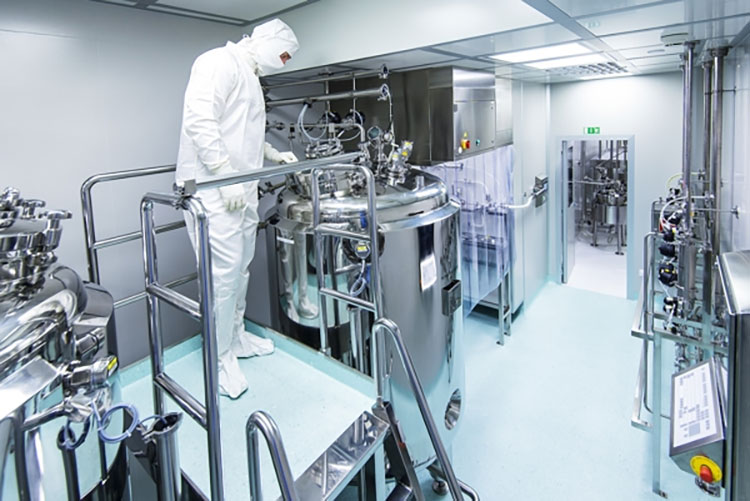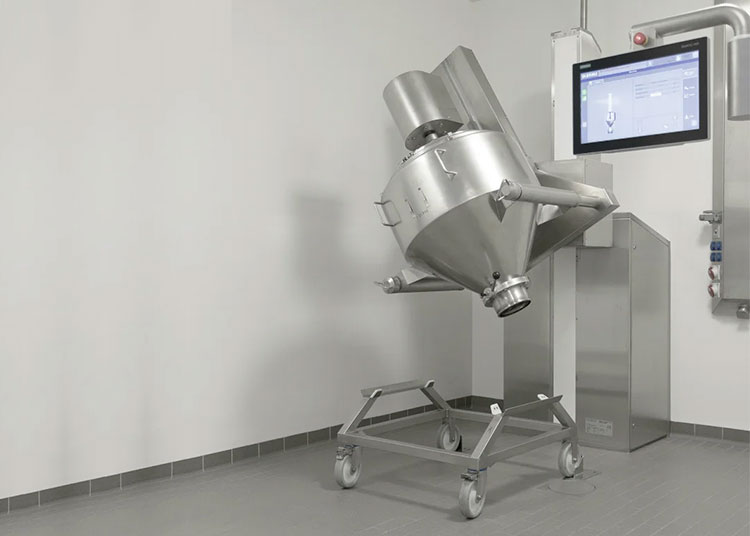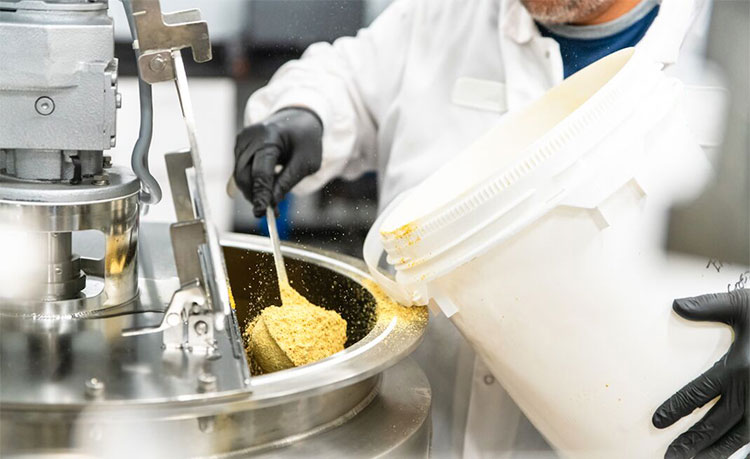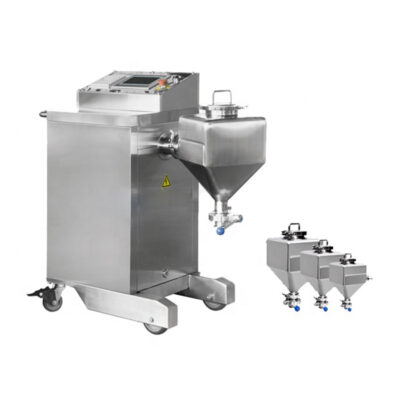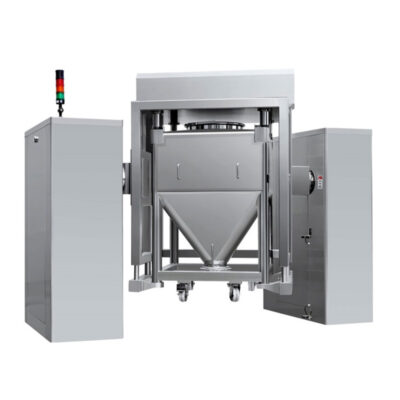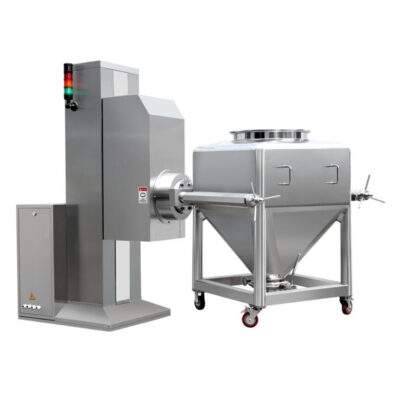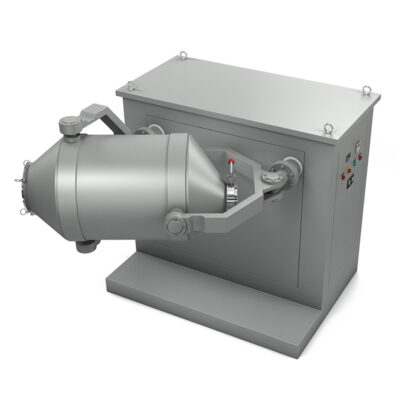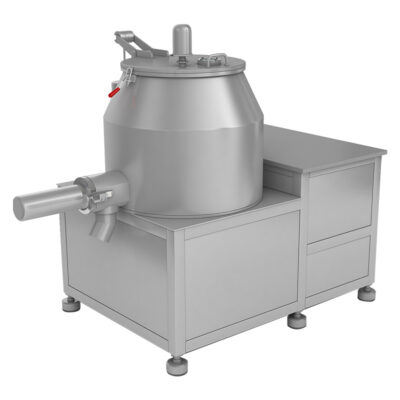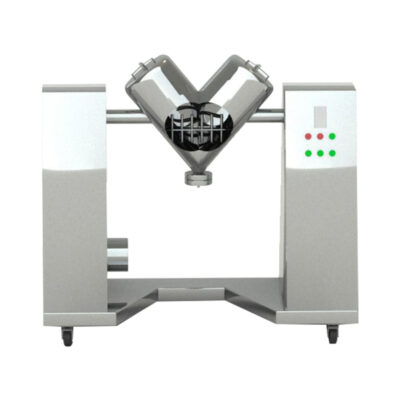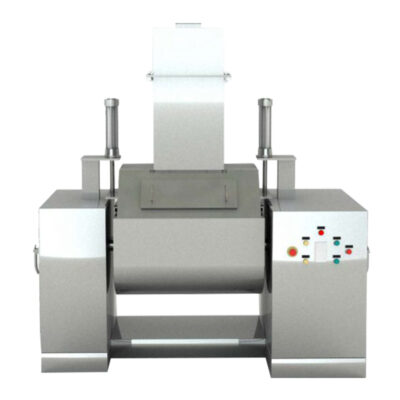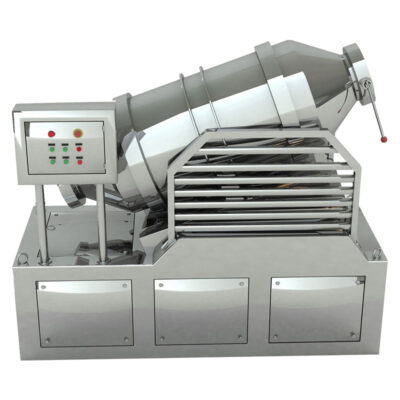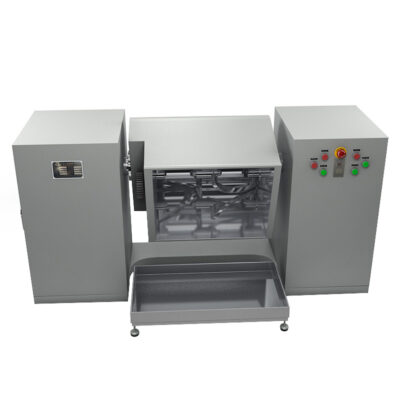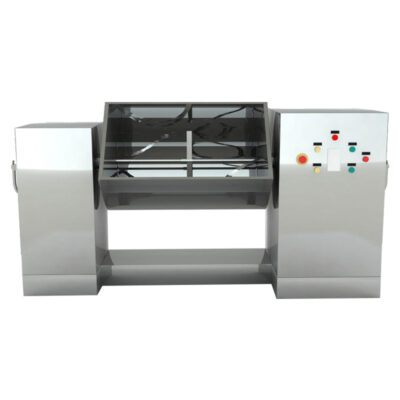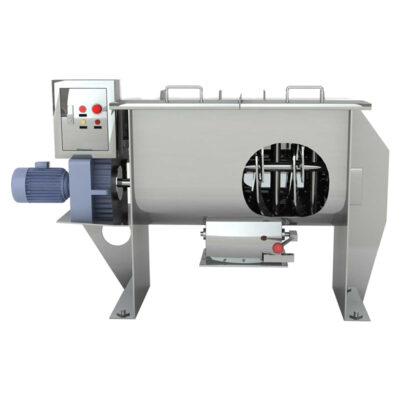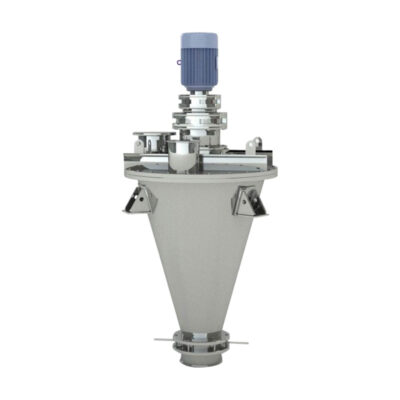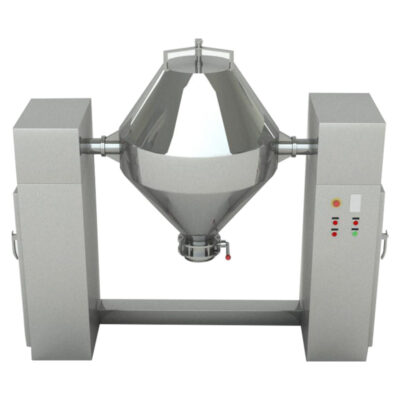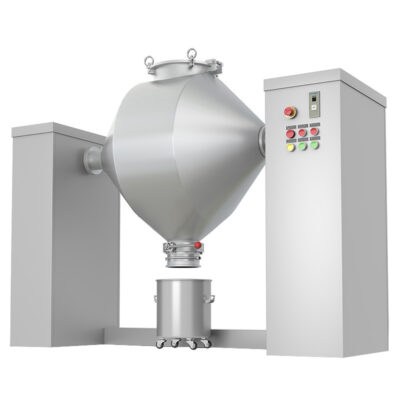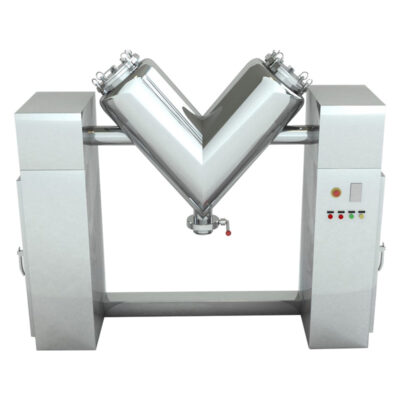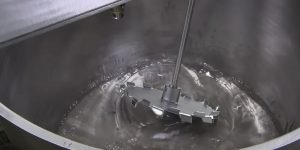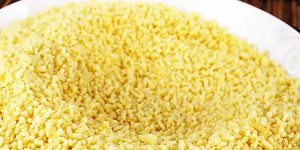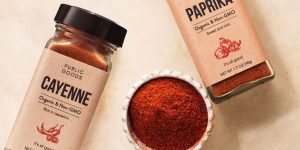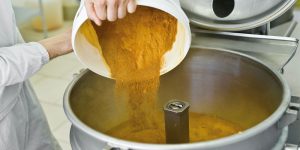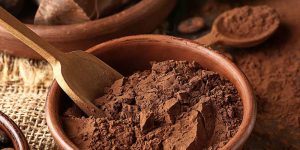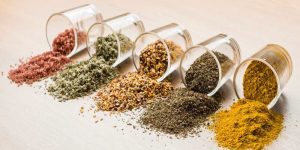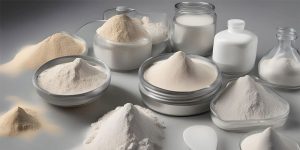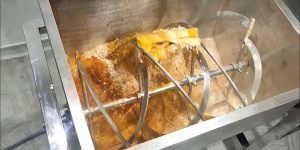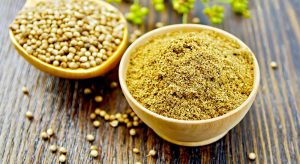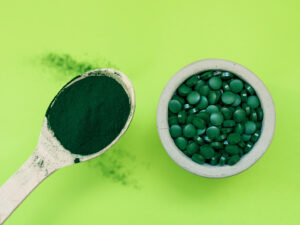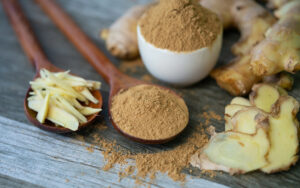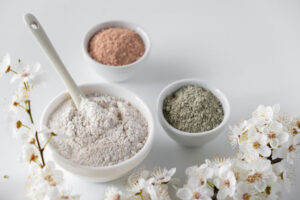The Role of Blending in The Pharmaceutical Industry:What Do You Know?
Why is blending in the pharmaceutical industry crucial for the manufacturing of compounds? You must know, that every formulation is composed of a number of various ingredients to form a homogenous product. The blending is the key to forming several solid, liquid, and semi-solid dosage formulations.
The excellent blending leads to bringing the quality product with high stability. In the article’ The Role of Blending in The Pharmaceutical Industry: What Do You Know?’ you will discover the significant knowledge related to the blending process in the pharmaceutical industry. Let’s have a look at the below discussion.
1.What is blending in the pharmaceutical industry?
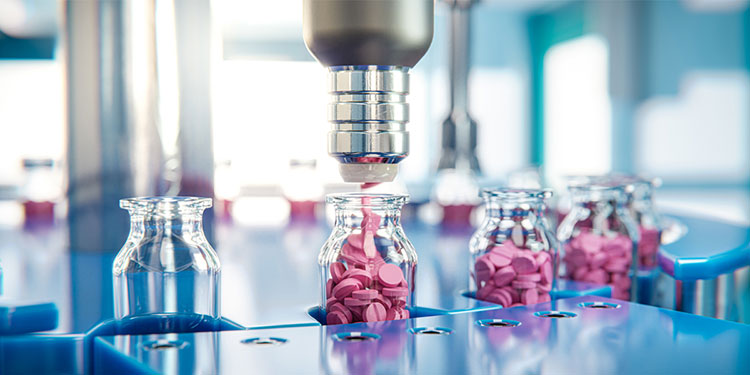
Blending in the pharmaceutical industry – Picture Courtesy: EZO
The blending in the pharmaceutical industry is an integral part of the formulation of any product. For example, solid dosage form, liquid, and semi-solids. Remember, you always pick and prefer products that are precisely blended and possess sufficient uniformity of added ingredients. So, various blending forces are implicated in order to offer de-agglomerated products.
Nevertheless, the blending in the pharmaceutical industry is all about merging and combining actives and inactive compounds altogether. This means, that in every medicinal product, you combine the excipients with APIs. For that, indeed, mechanical blending is always worth it. The number of inactive ingredients such as lubricants, flavoring agents, glidants, fillers, etc are blended uniformly with potent ingredients by applying a thorough blend ensuring a stable and effective formulation.
2.What is the role of blending in the pharmaceutical industry, what do you know?
Blending provides you with tremendous benefits when it comes to talking about pharmaceutical products. For instance,
Providing you with the exact & right concentration
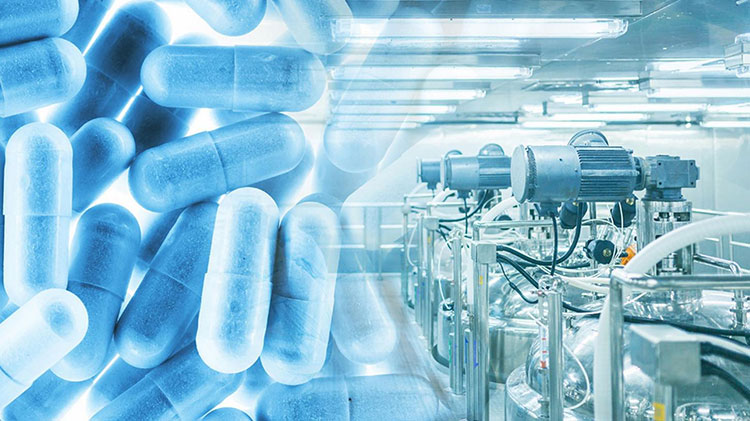
Right dose- Picture Courtesy: Healthcare radius
For your understanding, let’s take an example of a tablet or capsule which is most often composed of the number of excipients with usually one active pharmaceutical ingredients API and sometimes may be more than one APIs.
This is the blending that ensures you that the exact and right concentration of API is fully distributed, and your product is absolutely ideal for patient administration.
For example, if your drug is promising to offer 1000 mg of paracetamol, then by utilizing the blending you will be 100% satisfied that whatever state for formulation are preparing has an accurate number of active milligrams in it.
Uniformity and consistency always matter
Uniformity
Whenever you take medicines, it always shows the effects. In terms of therapeutic effects, it gives you a positive response whenever reaches the target site. In the same way, the uniform blending in the pharmaceutical industry makes sure that medicines prepared by the respective brand are composed of an optimized concentration of actives with necessitated excipients.
For instance, whenever you’re baking something, you prepare by blending all the ingredients in a bowl and following a thorough blending process. If you ignore the step, lumps will be formed, and the overall mixtures will turn into poor-quality products. In the same way, uniformity and consistency of the medication are maintained when you provide an excellent blending force.
Patient safety and health is priority
Safety- Picture Courtesy: Indore Institutes
You always offer medication to your patients in order to provide them with an absolute health solution. Blending in the pharmaceutical industry is a significant factor that helps in the proper distribution of active compounds in the formulation.
There are no chances of any under-dosing or over-dosing when it comes to adequately treating your formulation. Negating this factor can result in serious illness to your patient. However, it will decline your market profile too, and withdraw the whole production batch. Therefore, initially, it is preferable to hook to an appropriate method of blending to get an ideal product.
Facilitating the process of compaction
Compaction of medicine- Picture Courtesy: PION
The designing of pharmaceutical materials needs blending when it has to go towards compaction. For efficient compaction of the powders and materials, a greater level of homogenous blending and uniformity is the paramount solution. The role of blending in the pharmaceutical industry is to offer the desirable compaction that will ultimately ensure correct dose formulation such as tablets, granules, pills, pellets, etc.
Reducing the chances of segregation
Reducing the chances of segregation – Picture Courtesy: Contract Laboratories
Well, the overall aim of blending in the pharmaceutical industry is not just to attain uniform mixing but also it minimize the chances of de-mixing.
Remember, the formulation you prepare is the combination of APIs and excipients that are prone to segregate in certain situations.
Also, with time, the de-mixing phenomenon also takes place. By allowing the blending in pharmaceutical preparation, you will get an ideal and uniform blend which ensures that the following product is stable and not capable of segregating with time.
Promoting the aesthetic value of your formulation
Aesthetic value
One of the important roles of blending in the pharmaceutical industry is to promote the aesthetic value of your product. It not only promotes the uniformity, smoothness, and blending of the ingredients but also offers flawless flowability of the ingredients which in turn helps in the formation of an excellent quality product. However, the homogenous blended product is easy to apply and also offers beautiful visual effects and pleasing looks.
3.Why blender is used in the pharmaceutical industry?
The blender in pharmaceuticals is used in various essential preparations to give a homogenous product. For example:
Solid oral dosage form
Solid oral dosage form
The manual blending is not sufficient when it comes to preparing formulation based on the large sector. For solid dosage formulation, the role of blending is unavoidable.
The solid dosage formulation is the type of preparation that is intact and stable in physical appearance and can be formed by a series of steps such as sifting, blending, granulation, tablet press or capsule formation, polishing, and coating.
It includes the formation of:
- Tablets (sublingual, effervescent, buccal, multi-layer, etc)
- Capsules (softgel, hard gel, plant-based capsules)
- Granules
- Pills
- Powders unit doses
- Gummies
- Suppositories
- Pastilles
- Lozenges
etc
Semi-solid dosage form
Semi-solid dosage formulation- Picture Courtesy: Contract Pharma
Semi-solid preparations mostly refer the gels, creams, lotions, and topical ointments that are mainly formed by blending various ingredients such as oil phase and water phase. Both phases merge each other to form a strong and stable emulsified product.
The blending is mainly composed of emulsifying agents, and thickeners, to produce a required product.
The following formulation is somewhat challenging as you need to prepare the product that must be composed of fully dispersed and well-distributed particles throughout the surface. If the particle distribution is uneven then it may lead to poor formulation with so many adverse reactions. Therefore, the role of blending in the pharmaceutical industry is paramount to get a quality product.
- Topical gels
- Ophthalmic and local application ointments
- Pastes
- Medicated and non-medicated creams
- Healing and soothing plasters
- Foams
Liquid dosage formulation
Liquid dosage formulation- Picture Courtesy: PTCB Test Prep
When you are preparing the liquid formulations, maintaining the sedimentation levels, suspending agents, and consistency is very important. In liquid dosage forms, you need a blending method for combination APIs, stabilizers, sugar content, syrups, etc.,
Therefore, proper methods of blending and equipment must be used to give you desirable output without worrying about sedimentation or phase separation. Also, for some liquid preparation, it is recommended to shake the bottle or packaging before taking it to homogenize the solution properly.
- Suspension
- Syrups
- Linctus
- Emulsions
- Solutions
Injectable formulation
Injectable formulation- Picture Courtesy: Baobab soluciones
You have seen various injectables that are mostly available in the solution or cleared solvent formulation. These are prepared by blending in the various steps of its preparations. Similarly, injectables are also available and formulated in a lyophilized form that is mainly composed of various powdery ingredients as an excipient and APIs.
All described products are therapeutically more active and prepared via passing through the critical processes. Therefore, proper blending of every ingredient used is mandatory to exert good potential effects and the effectiveness of the APIs.
4.What types of blenders offer the role of blending in the pharmaceutical industry?
There are various types of blenders used in the pharmaceutical industry that bring mixing and blending processes into pharmaceutical-based production. Have a look at the following important and commonly used types of blending machines.
| V Cone Blender | Working Principle | |
| The blender is composed of a cylinder tube that helps in the blending of the powders. However, the term ‘V’ implies that the shape of the cone looks very similar to the V structure. Isn’t that amazing? Each opening hole of the V blender is subjected to introduce the materials towards the blending tank.
These blenders are available in various sizes. Means, that you can use small, moderate, and large jumbo V cone blenders in your facility depending on your requirements. |
Its working is simple and facilitates the blending of the material by smooth and steady rotation of the V tank which is mounted and fixed around the axis that supports it.
Keep in mind that the V blender itself is composed of sleek walls and curves that lack the agitators inside or choppers. The gradual rotation keeps the particles of the pharmaceutical ingredients intact and stable after the blending. Thus, this is mainly used for the blending of fragile substances. |
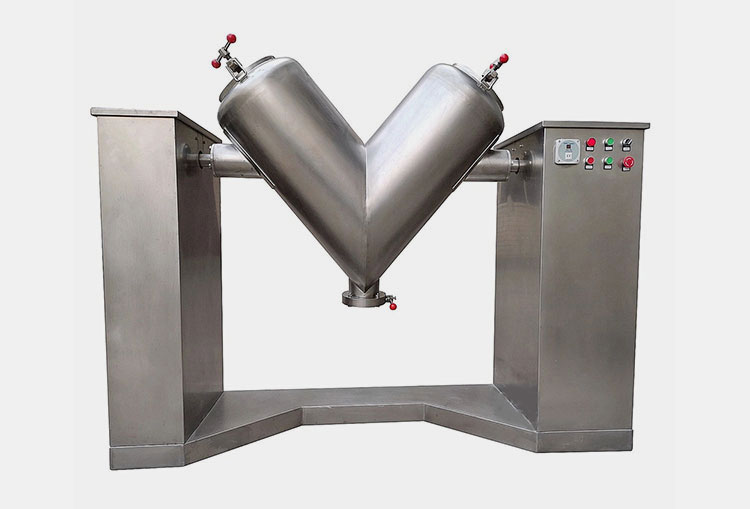
AIPAK V cone blender |
| Double cone blender | Working Principle | |
| It is noiseless equipment where the mixing of substances takes place by utilization of two unequal or asymmetrical double-cone blenders.
The construction of the machine is designed in a way that it has an agitating blade that promotes the breakdown of the powdered particles and tries best to make them uniform size blend. Moreover, the blending process in this machine also uses forces based on different specific gravities of the substances. |
As you can see in the picture, the machine tightly encloses the material and keeps rotating around the fixed axis where the material inside gets a through agitation. With the help of blending blades, the loaded material also receives size reduction and blending. The entire process ranges from five to half an hour. | 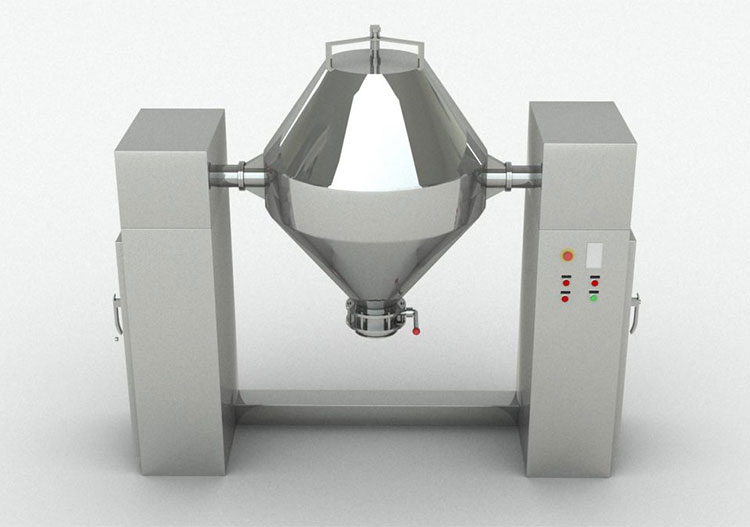
AIPAK Double cone blender |
| Ribbon Blender | Working principle | |
| In this blender, a helical-shaped agitator that looks like a ribbon is mainly facilitating the process of blending efficiently. The structure of the blades is designed in a way that it is composed of inner and outer agitating blades that gives a stable and strong agitation to your ingredients.
This kind of tool can be ideal to blend whether you’re subjecting dry materials or wet compounds. The action of the inner and outer agitating blades exerts positive and coactive effects on the blending ingredients. So, the mixing action is provided with the synergistic effects of high shear forces as well. The following action forces your ingredients to merge well and form a uniform and homogenous blend. Additionally, this machine is not just hooked to powder mixing but assists in the formation of various products such as solid dosage formulation, semi-solid dosage formulation, topical lotions, etc. |
The homogenization of the materials begins with a convective blending procedure by the movement of the agitating ribbons around the fixed axis to bring materials uniformity promisingly best. However, the typical mechanism of the ribbon blender mixing times is around 15 to 20 minutes.
There is a central opening port equipped with the ribbon blender which helps you in the discharging of the blended material easily. Therefore, once the process is done you can simply open the port and make the mixed materials out from the tank. |
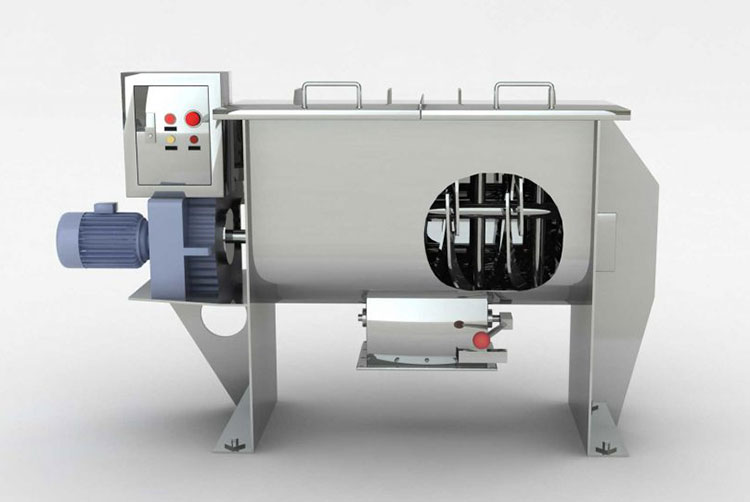
Ribbon blender |
| High Shear Blender | Working Principle | |
| The machine is capable of performing various blending processes in the pharmaceutical industry.
Whether it is an emulsion, mixing, blending, suspension, tablet making, etc, the high shear blender is the absolute solution that basically generates high shear force to blend the material with excellent treatment. |
The machine is capable of producing high shear forces which not only emulsifies the viscous material, blends the dry materials, etc but also ensures the particle size reduction by application of rotor and stator.
You can incorporate the materials and close the port to allow the process to start. After certain periods of time, the machine itself stops the processing which ensures that the material gets an excellent homogenization and blending where the entire material blend is distributed uniformly. |
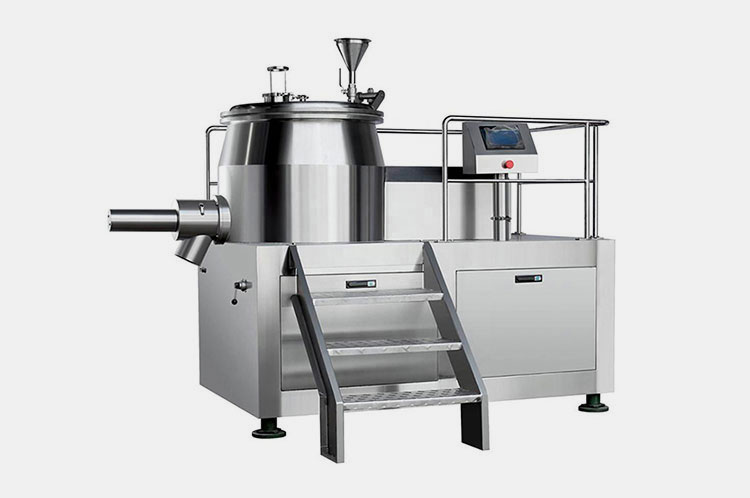
AIPAK High shear blender |
| Bin Blender | Working principle | |
| This is a commonly used blender that is user-friendly in terms of working as it is very easy to use.
Moreover, this machine plays an important role in blending in the pharmaceutical industry by accommodating a few Liters to thousands of kilograms of material blending easily. As its name implies, the machine is composed of a bin or chamber-like structure that keeps circulating to blend the particles homogeneously. That is why, various pharmaceutical preparations always require the treatment of blending by utilizing the bin blender. |
The machine is designed with a blending tank along with an internal baffle that ensures impelling force to create tumble blending for materials to be treated inside the tank to ensure uniform mixing.
The machine ensures you that once the material is blended, it can be seldom turned to segregation otherwise, the entire output is 99.9% promising. |
AIPAK bin blender |
| Vertical Blender | Working Principle | |
| This is a vertically design machine that is compact in structure and size. It is mainly mounted around the fixed axis as well ensuring the blending of the material in a smooth and subtle way. Due to this property, you can use the machine for blending heat-sensitive and fragile materials. | This is a simple machine where materials are fed into the system. The presence of the baffle inside the chamber ensures the making of the material fluidization till the complete blending occurs. | 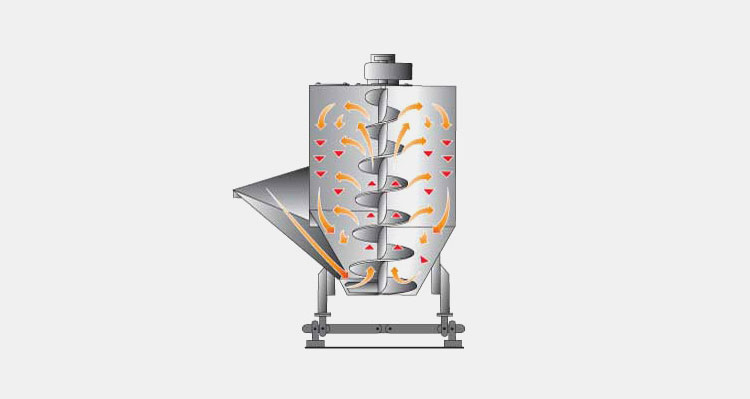
Vertical blender |
| Planetary Blender | Working principle | |
| The machine is demonstrated with a hollow bowl with a fixed stick composed of multi-agitators that look like planets around the fixed axis. That’s why it is known as a planetary blender. This machine is mainly helpful when you need to blend viscous, pasty, or thick materials or blend the pharmaceutical semi-solid preparation. | The 3-D motion of the planetary agitators allows the effective way of blending in the pharmaceutical industry as it keeps the movement in a subtle manner which results in the blending of the thick material around the fixed axis. Due to a number of agitating blades, it ensures a promising blending with a quality product preparation. | 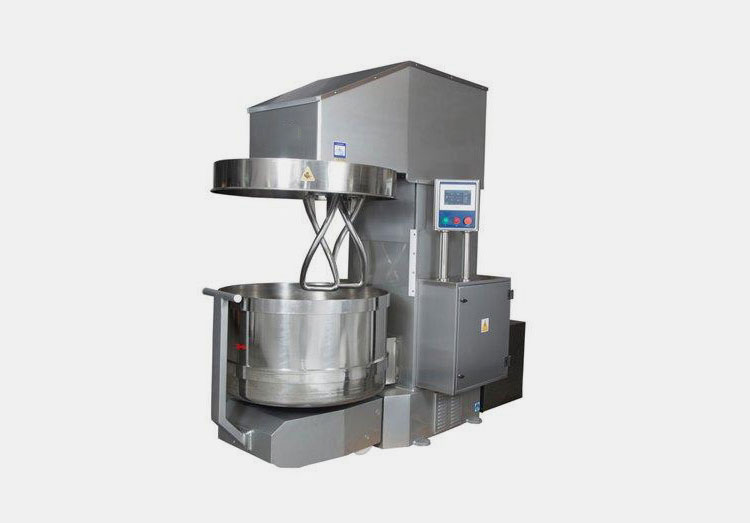
Planetary blender |
| Octagonal blender | Working principle | |
| The machine is composed of a bin-like structure with eight-sided edges that is suitable and ideal for the blending of dry particles.
This is mainly recommended for dealing with the material based on high-production batches. The machine itself occupies less space but gives you high blending production capacities as per day output. |
Due to the presence of 8-sided edges, you can facilitate an amazing blending when your material keeps striking them and producing tumbling action with greater blending properties.
You can fill the machine for 2/3 of the capacity to obtain an ideal blending. |
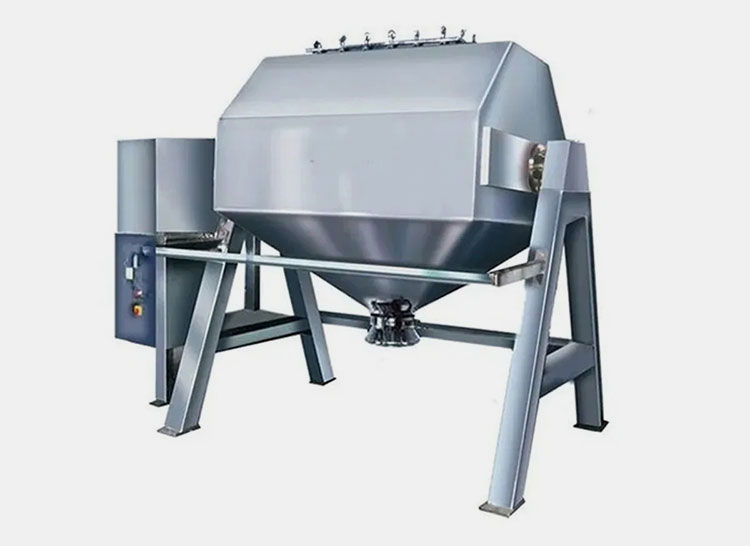
Octagonal blender |
5.Is blending in the pharmaceutical industry the same as compounding?
Blending or Compounding- Picture Courtesy: Fresh Pharmacy
No, they both are different entities upon which pharmaceutical preparations heavily rely. For instance, in blending you subject the mixing of two or more different substances.
Whereas, when it comes to highlighting the term compounding, this is almost a different thing where you can prepare and formulate the pharmaceutical product.
If you see the FDA specification, the pharmaceutical industry is described as a preparation that is involved with mixing, blending, alteration of APIs, and slight incorporation of excipients. Moreover, this practice can be performed by a licensed pharmacist or a physician.
Yes, you can also perform compounding under the supervision of a pharmacist if it is an emergency that emergent a customized medicine.
Also, there are certain situations where the patient needs a diluted medication, pediatric doses, specific modifications, or a combination of different drugs, making syrups from solid dosage formulations, etc, you need compounding. Compounding of the medication is always necessary with blending, but blending does not always refer the compounding.
6.What is the difference between blending in the pharmaceutical industry and mixing?
Blending VS mixing- Picture Courtesy: Hosokawa Micron
Blending and mixing are essential parameters of the pharmaceutical industry preparations. These components have occupied a broad hierarchy of formulation ranges from solid formulation to semi-solid formulation to liquid preparations. They most often mean everything related to pharmaceutical operations. Sometimes, you may consider it the same though they’re slightly changed but forming the same product at the end of the process.
In the context of food and pharmaceutical formulation, mixing is generally referring the combination of various ingredients to form another homogenous product. Blending is the mixing of dry substances, for instance, when you prepare topical preparations such as ‘Cicatrin’ powder, it is prepared by blending dry ingredients such as APIs, lubricants, glidants, fragrances, etc.
Also, the powder blend is involved with some proportion of solvents and liquids. For example, when it comes to preparing pharmaceutical granules, it may need little amount of water or solvent involvement. However, the huge composition of the ingredients is dried in nature.
As compared to mixing, blending is known to be a gentle and subtle process. Whereas, mixing is the harsh and ‘mish-mash’ process where all ingredients are just meant to mix.
7.What factors should be considered for blending in the pharmaceutical industry?
Nevertheless, blending is a straightforward process but not when it comes to processing pharmaceutical ingredients. This is because blending of the dry material is quite a critical procedure associated with a high level of challenges. Due to the various properties and characteristics of the substances used for blending, there are more complexities related to causing segregation. Let’s look at the important parameters that are known to be important for blending in the pharmaceutical industry.
Control validation is as essential as blending in the pharmaceutical industry
Validation- Picture Courtesy: Brinox
For every pharmaceutical-based machine, it is mandatory for a supplier to show approved documentation, audit, and relevant practices regarding the system. How it is manufactured, how it works, and offering work training must be essential to avoid critical challenges and make your workflow lighter and quicker.
Choosing the right machine and right operators
Right machine- Picture Courtesy: Pharmaceutical technology
In previous days, the blending units were hooked to certain limitations, such as filling and discharging the material were not only difficult to manage but so much time taken process.
With time, you have an ideal list of equipment such as high shear blender, ribbon blender, vertical blender, etc that is designed and related to your needs. You just need to assess the material, characteristics, and flowability and pick the right machine with trained personnel to get ideal results.
Your unit must be maintained and cleaned
Hygiene- Picture Courtesy: Cedarstone Industry
Every pharmaceutical industry blending machine emphasizes producing high quality and it can be possible when you maintain and clean the machine regularly. Also, the machine must have adhered to cGMP standards that will ensure greater stability and purity of your pharmaceutical products.
Conclusion
Over the past few decades, it has been observed that the role of blending in the pharmaceutical industry has tremendously emerged ranging from small to high-production batches with fast results. Side by side, it has decreased the chances of particle segregation which is all based on the right type of blender you select from the right supplier. However, to avoid unwanted issues it is suggested to approach the expert operator and guiding team like AIPAK to prevent the challenges associated with blending. We are a team of experts who strive best to offer our customers with quality services and equipment. Have queries? We would suggest to contact us right now to find out the solutions.
Don't forget to share this post!
Bin Blender Related Products
Bin Blender Related Posts
Bin Blender Related Videos
CONTACT US
Tell us your raw material and project budget to get quotations within 24 hours.
WhatsApp Us: +86 181 6426 8586
Want the best price & newest pharmaceutical machinery buying guide,tips and trends sent straightly to your box?Sign up for AIPAK’s monthly newsletter,we’re free for your consultation and Offer you the most suitable solutions!
The Buyer's Guide
- Capsule Filling Buyer's Guide
- Blister Packaging Buyer's Guide
- Tablet Counting Buyer's Guide
- Tube Filling Buyer's Guide
- Cartoning Buyer's Guide
- Gummy Making Buyer's Guide
- CO2 Extraction Buyer's Guide
- Empty Capsules Buyer's Guide
- Suppository Filling Buyer's Guide
- Tablet Coating Buyer's Guide
- Tablet Press Buyer's Guide
- Softgel Encapsulation Buyer's Guide
Most Popular
- 7 Importance Of Pharmaceutical Packaging In Different Applications You Must Know
- 6 Advantages You Must Know About Tablet Counting Machine
- 8 Advantages of Blister Packaging You Must Know
- 6 Critical Applications of Automatic Capsule Filling Machine
- 6 Stations You must Know to Improve the Filling Quality of Automatic Capsule Filling Machine
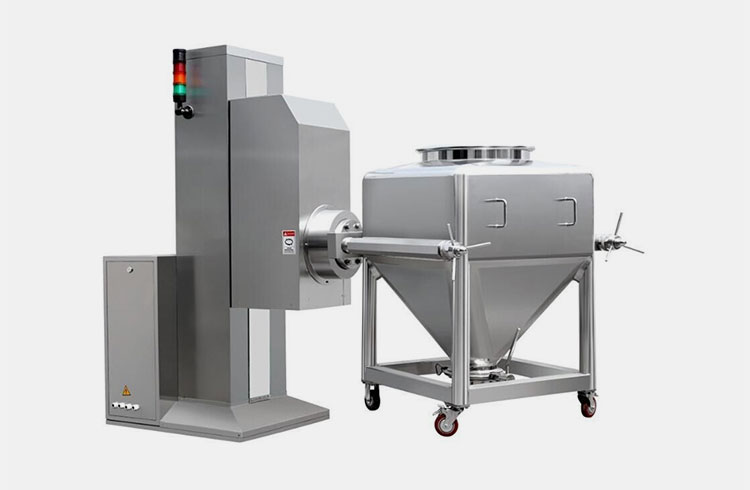 Tell us your material or budget,we'll reply you ASAP within 24 hours
Tell us your material or budget,we'll reply you ASAP within 24 hours




